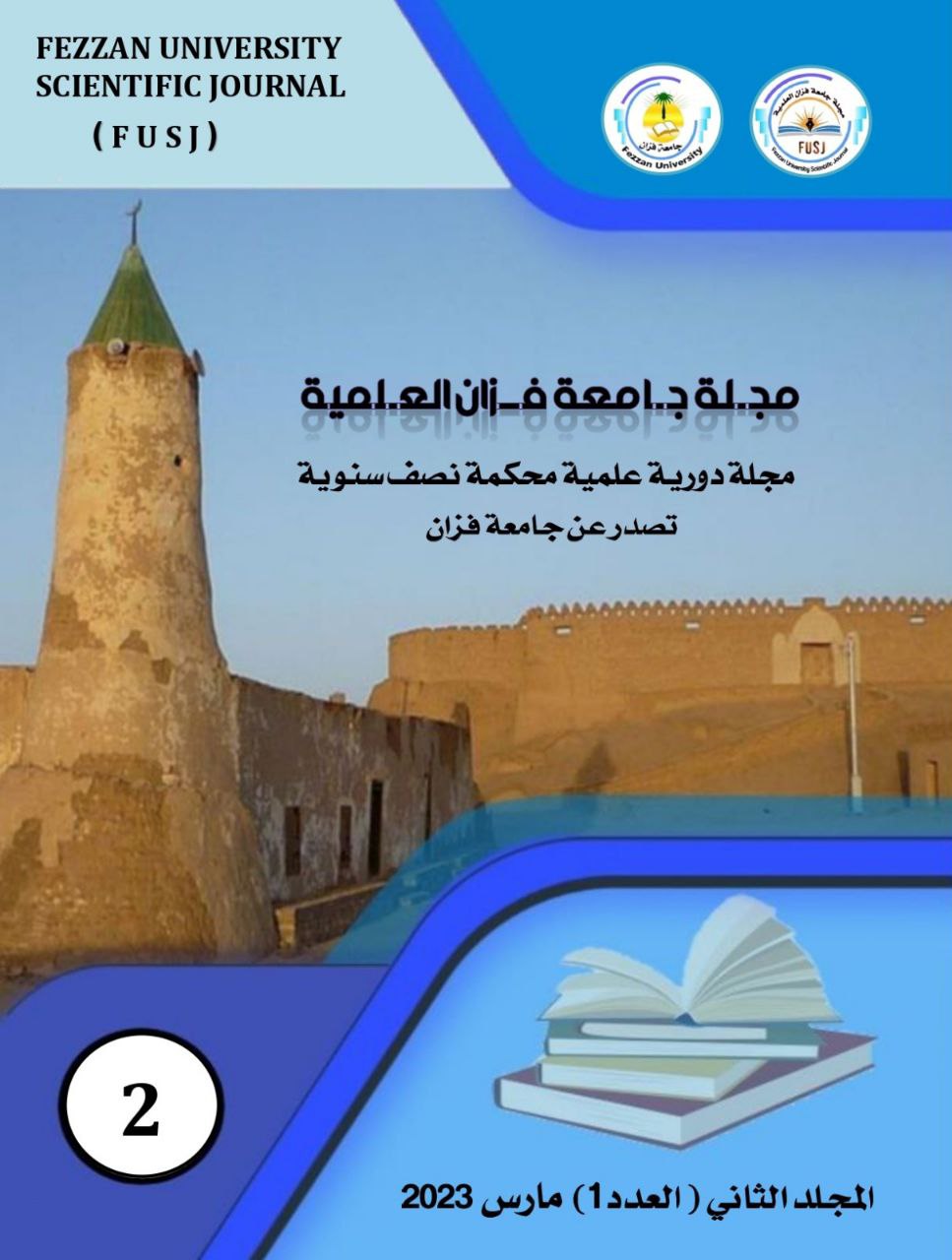أثر القروض المصرفية الممنوحة في النمو الاقتصادي الليبي دراسة قياسية للفترة (1990-2017)
##plugins.themes.academic_pro.article.main##
الملخص
هدفت هذه الدراسة دراسة أثر التغير في الائتمان المصرفي الممنوح من المصارف التجارية على التغيير في الناتج المحلي الإجمالي كمقياس للتنمية الاقتصادية خلال الفترة من ( 1990 – 2017 ) في ليبيا,حيث تم استخدام المنهج الوصفي التحليلي فضلا عن استخدام المنهج الاحصائي لتحديد العلاقة بين متغيري الدراسة وللتأكد من صحة فرضية الدراسة باستخدام بيانات سلسلة زمنية محددة استخدام التحليل الإحصائي الانحدار, حيث تم استخدام تحليل الارتباط لمعرفة العلاقة الارتباطية بين متغيري الدراسة , وقد أوضحت النتائج القياسية علي التوالي : فترة الدراسة كاملة (1990-2017) وجود علاقة طردية موجبة ,الفترة من ( 1990-2000) العلاقة قوية جداً وموجبة , الفترة من (2001-2011) العلاقة قوية وموجبة وطردية , الفترة من (2012-2017) العلاقة عكسية , ولاختبار فرضية الدراسة ( تحليل الانحدار ) تبين أن قيمة Sig هي (0.015) وهي أقل من (0.05)، ما يعني رفض فرض العدم الذي ينص على " القروض المصرفية الممنوحة لا تؤثر ولا تسهم في نمو الاقتصاد الليبي." وقبول الفرض البديل الذي ينص على " القروض المصرفية الممنوحة تؤثر وتساهم في نمو الاقتصادي الليبي." واختتمت الدراسة بمجموعة من التوصيات يمكن الاستفادة منها في دور المصارف التجارية في تنمية الاقتصاد الليبي.

